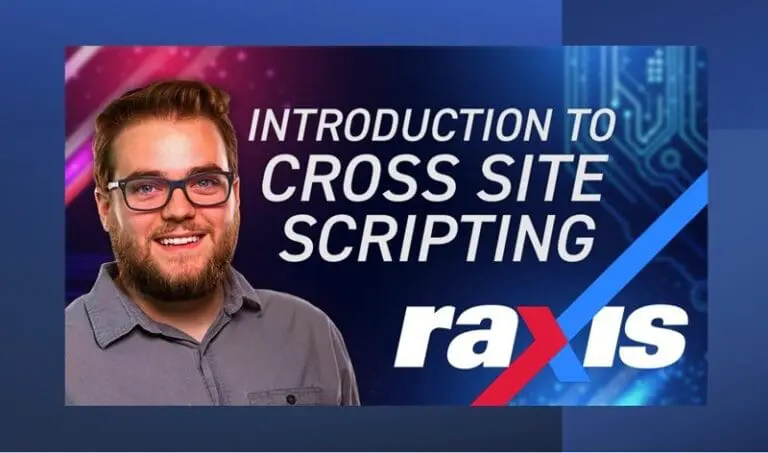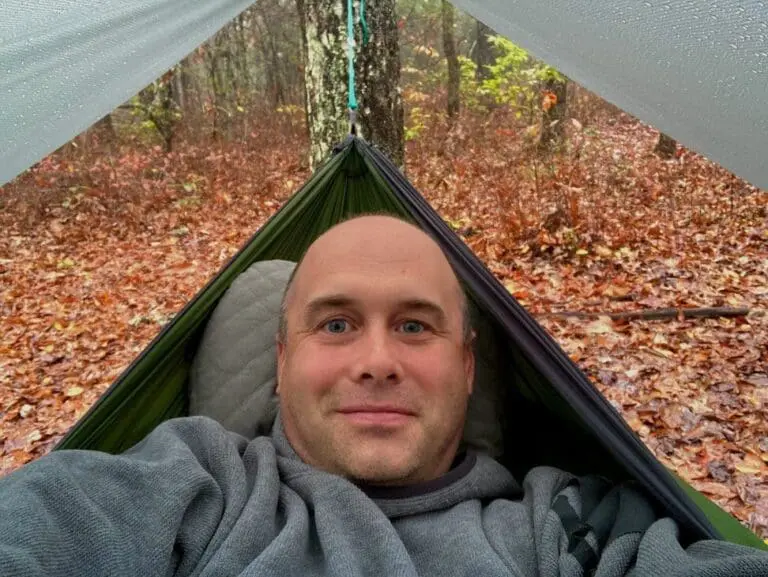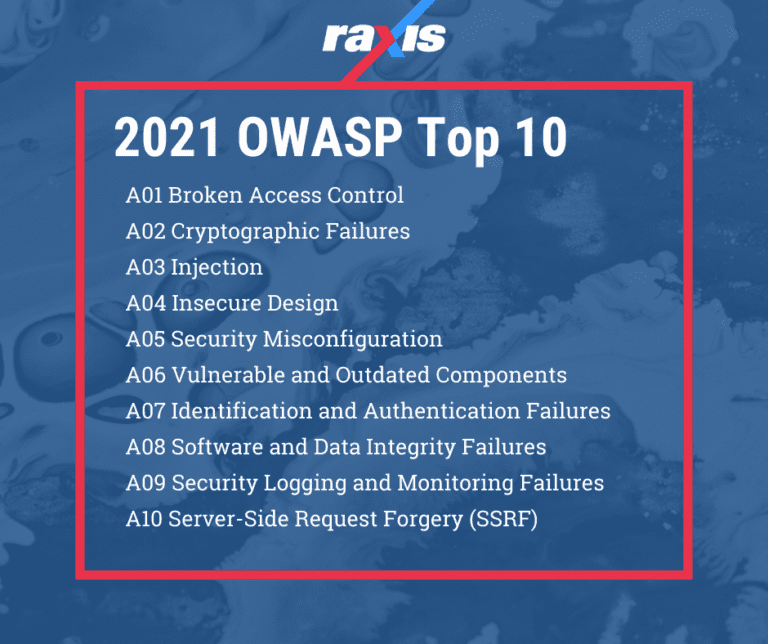Introduction to Cross-Site Scripting
This video covers the basics of cross-site scripting, including reflected, stored, and DOM-based XSS as well as remediation to protect against these attacks.

This video covers the basics of cross-site scripting, including reflected, stored, and DOM-based XSS as well as remediation to protect against these attacks.

Brian Tant is Raxis’ Chief Technology Officer. Learn more about how he became a rock-star ethical hacker.

Often serving as the public face of Raxis, Bonnie Smyre is a veteran IT pro who found her voice on an unusual stage and brought a combination of talent to the role of chief operating officer.

In this blog post, Raxis lead penetration tester Mark Fabian discusses broken access control and why it’s the most prevalent issue among the OWASP Top 10.

From first responder to penetration tester, Scottie Cole knows how to work under pressure. Learn more about him here.